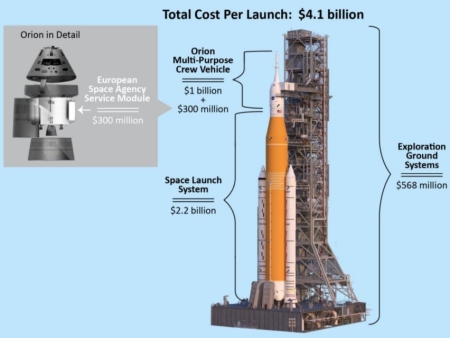Vast signs astronaut agreement with Czech government
The space station startup Vast has announced it has now signed an agreement with the Czech government to possibly fly one of its astronauts to the company’s Haven space stations, either the smaller Haven-1 or the full size Haven-2 to follow.
Any future mission with Vast could see Aleš Svoboda, one of 12 reserve astronauts selected by the European Space Agency in November 2022, become the second Czech astronaut. Svoboda has been a focal point for the Czech government’s efforts to stimulate growth in the Czech space industry and inspire the country’s young people to pursue STEM careers, crystallized by the launch of the Czech Journey to Space project in June 2024.
In September 2024 the Czech government had signed a similar agreement with Axiom. Under that agreement, Svoboda would fly to ISS. This new deal opens the possibility he will fly elsewhere.
It is very possible the Czechs want to do both, and are covering their bets by signing both agreements. In either case, no mission dates have been set.
The space station startup Vast has announced it has now signed an agreement with the Czech government to possibly fly one of its astronauts to the company’s Haven space stations, either the smaller Haven-1 or the full size Haven-2 to follow.
Any future mission with Vast could see Aleš Svoboda, one of 12 reserve astronauts selected by the European Space Agency in November 2022, become the second Czech astronaut. Svoboda has been a focal point for the Czech government’s efforts to stimulate growth in the Czech space industry and inspire the country’s young people to pursue STEM careers, crystallized by the launch of the Czech Journey to Space project in June 2024.
In September 2024 the Czech government had signed a similar agreement with Axiom. Under that agreement, Svoboda would fly to ISS. This new deal opens the possibility he will fly elsewhere.
It is very possible the Czechs want to do both, and are covering their bets by signing both agreements. In either case, no mission dates have been set.










